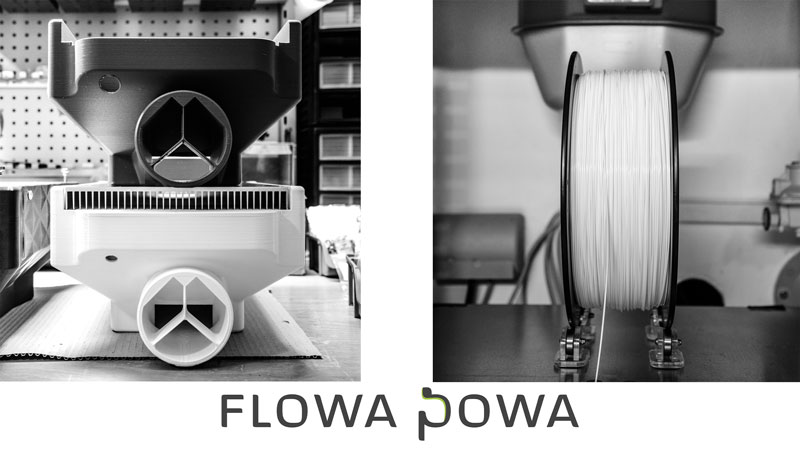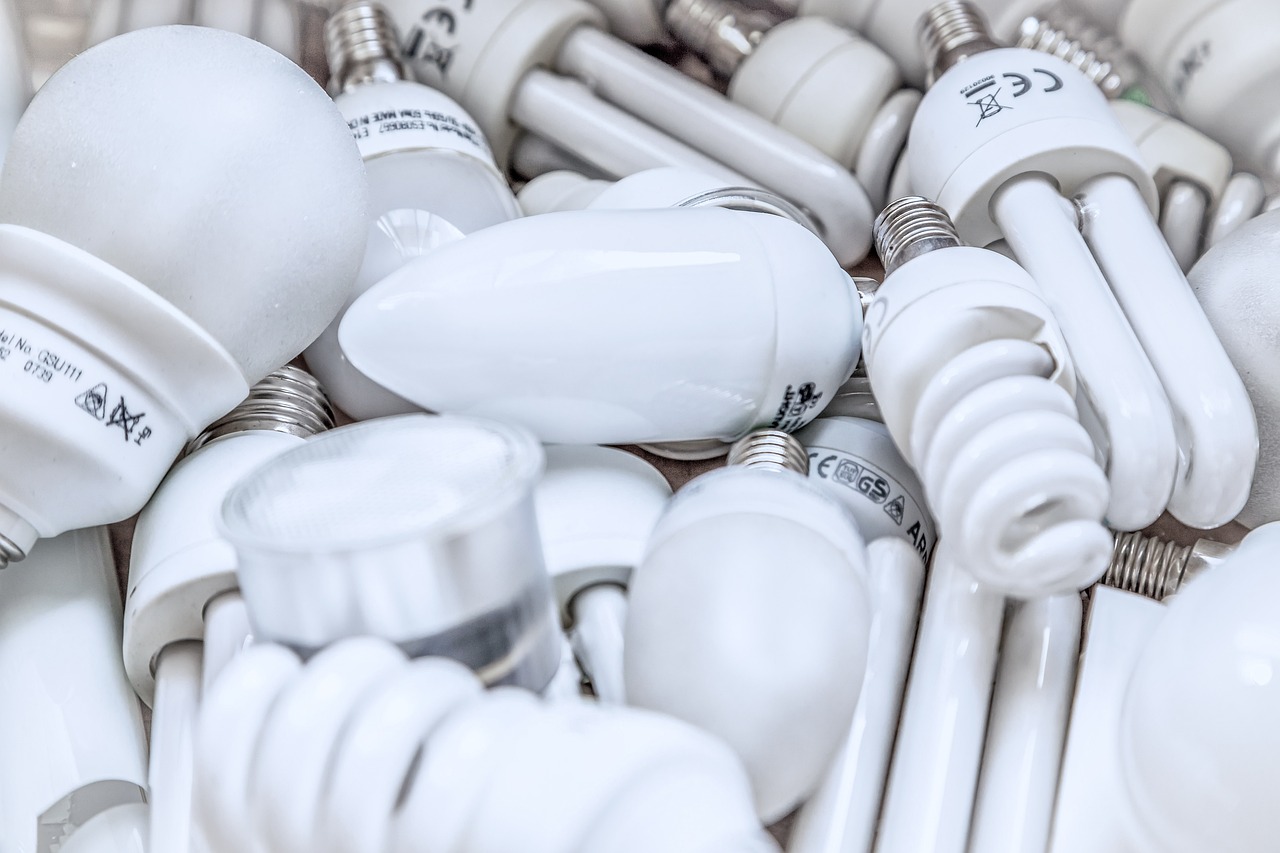Top Advantages of Full Spectrum LED Grow Lights
Full spectrum LED Grow lights mimic natural sunlight and significantly aid in plant growth and nourishment, especially in the absence of actual solar light. These grow bulbs yield better harvests by contributing the right amount of light intensity to plants that they need for photosynthesis. Do you want to know more about full-spectrum sun lamps for plants? Then, this article will surely help you. This article will reflect on the definition, explanation, working principles and advantages/disadvantages of full-spectrum LED grow lights. Moreover, it will also reflect on brief differences between LED and full spectrum grow lights for your enlightenment. So, let’s begin.
Definition and Explanation of Full Spectrum LED Plant Light:
Full-spectrum LED grow lights refer to a light that covers all wavelengths of the electromagnetic spectrum that is beneficial to plants. The term full spectrum has been tremendously used in horticultural lighting and was first time used in the 1960s by Dr. John Ott, who was a photobiologist. The full-spectrum lights emit wavelengths of 380-779nm. This includes both visible and invisible wavelengths to the human eye. The visible wavelengths can be seen with the human eye and are perceived as color whereas the invisible wavelengths include infrared and ultraviolet radiations which are not visible to the human eye. The full spectrum grow lamps help plants beyond their photosynthesis process by emitting light across the entire visible spectrum.
Plants need natural light for their food as well as to do other functions like flowering or fruit production. In the absence of natural solar light, full-spectrum light helps assist plants to do these activities. However, it is to be noted that plants grow best at a balanced spectrum. When the term full-spectrum concerning grow lights came; many manufacturers began to sell their LED grow lights with the name full-spectrum. However, there is a difference between the two and it will be clear in this article later on.
A light source with the term full spectrum means that it emits white light. But, if that’s true does it mean that an LED light that emits white light is a full-spectrum light? The answer is no. The full-spectrum LED lights contain a phosphor coating, unlike the traditional LED lights that comprise red and blue monochromatic LEDs. Phosphor coating is helpful in full-spectrum lights as it converts light of a narrower wavelength (460 nm: blue) into a longer wavelength that is around 600-700 of nm: red.
Connect with other growers on Telegram!
One convenient method of determining whether your chosen LED light is full-spectrum or not is by evaluating its CRI, i.e., Color Rendering Index. The higher the rating; the more similarity it will have with natural daylight.
How Do Full Spectrum LED Grow Lights Work?
The full-spectrum LED lights have revolutionized indoor gardening by providing a great substitute for natural solar light. The LED grow lights are made from multiple diodes that can’t match the spectral distribution. The same is the case with fluorescent grow lights and high-pressure sodium lights. The full spectrum grow lights combine diodes in the right ratio and provide precise wavelengths that plants need in their growing stages.
Spectral distribution is vital to achieve so that plants can grow optimally. Different wavelengths affect the plants growing stages differently. For instance, blue light stimulates vegetative growth whereas red light promotes flowers and buds. Too much of each light undermines the plant’s growth and it is important that it should be well balanced to achieve optimal plant growth. The full-spectrum light combines each diode efficiently by replicating the spectrum of natural light that assists plants in their growth cycles.
Difference between normal LED and Full Spectrum LED Grow Lights:
Many people get confused between LED grow lights and full-spectrum lights. However, their difference is simple. Not all grow lights are full-spectrum whereas a full-spectrum is definitely a grow light. A full-spectrum light covers all wavelengths of the electromagnetic spectrum and is a good substitute for natural light. Whereas the LED grow lights are usually made of red or blue monochromatic LEDs instead of a phosphor coating.
The full-spectrum light is more appealing to the eye as compared to the usual LED grow lights which are mostly in red or blue color. The usual LED grow lights are specifically useful for greenhouse plant growers who are already getting sufficient natural light from the sun. Whereas the full-spectrum light is specifically useful where natural sunlight is absent and plants need a full spectrum of light for their survival.
Advantages and Disadvantages of Full Spectrum LED Grow Lights:
Full-spectrum LED grow lights offer numerous benefits. One of them is their cost-effectiveness. This is mainly because these lights can be easily mounted on a board, and you get the total unit at once. The light and reflector are provided in one unit, and you can use them with convenience to nurture your plants. They are more durable than the traditional LED light bulbs and live more than a decade.
Another significant advantage of full-spectrum grow lights for plants is their space-saving design. They can easily adjust to a tight space and will not cause any trouble. You can place them wherever you want and they can also be placed close to your plants. As these lights do not cause heat and are very cool to touch; you’ll worry less as your plants will be in safe hands. The full-spectrum LED light boards are perfect to consider especially if you want excellent Plant Germination Equipment for your garden. The full-spectrum LED light boards are convenient to use, and you can adequately control the light yield as per the plant’s requirement. They can be placed at any edge, or every angle and you can nourish your plants without any worry.
Some other notable advantages of full spectrum grow lights are listed below:
- They provide a wide array of light that helps in plant growth.
- They are perfect substitutes for natural light that plants need in their photosynthesis process.
- They are flexible and are easier to install.
- They improve plants’ productivity.
- You can adjust these lights as per the plants’ requirements.
- They combine diodes efficiently to achieve optimal plant growth.
Though full-spectrum lights have ample advantages. But this does not mean that it has no disadvantages. Let’s have a look at some drawbacks.
- They are not dynamic like the sun. Obviously, natural things are natural, and they can’t be replicated exactly. However, they still are good to consider where natural solar light is absent to assist plants in their growth and nourishment.
- Natural sunlight is a complex phenomenon, and the full-spectrum lights are incapable to include the full solar spectrum.
- Full-spectrum lights are not always optimized for plants, and we have to maintain a good balance so that plants can grow optimally.
Despite the disadvantages, one can still control the amount of light by doing thorough research as per the plants’ specific needs. So that they can grow optimally and can do their functions with ease.
Conclusion:
Full spectrum LED grow lights are becoming increasingly popular for indoor planting. They are excellent for herbs, seedlings, small greenhouses, and houseplants, and for areas where natural light is either unavailable or insufficient. If you are planning to buy full spectrum LED lights; make sure that you check its CRI. So that you can buy the right grow light for your plants and can be saved from any deception.








